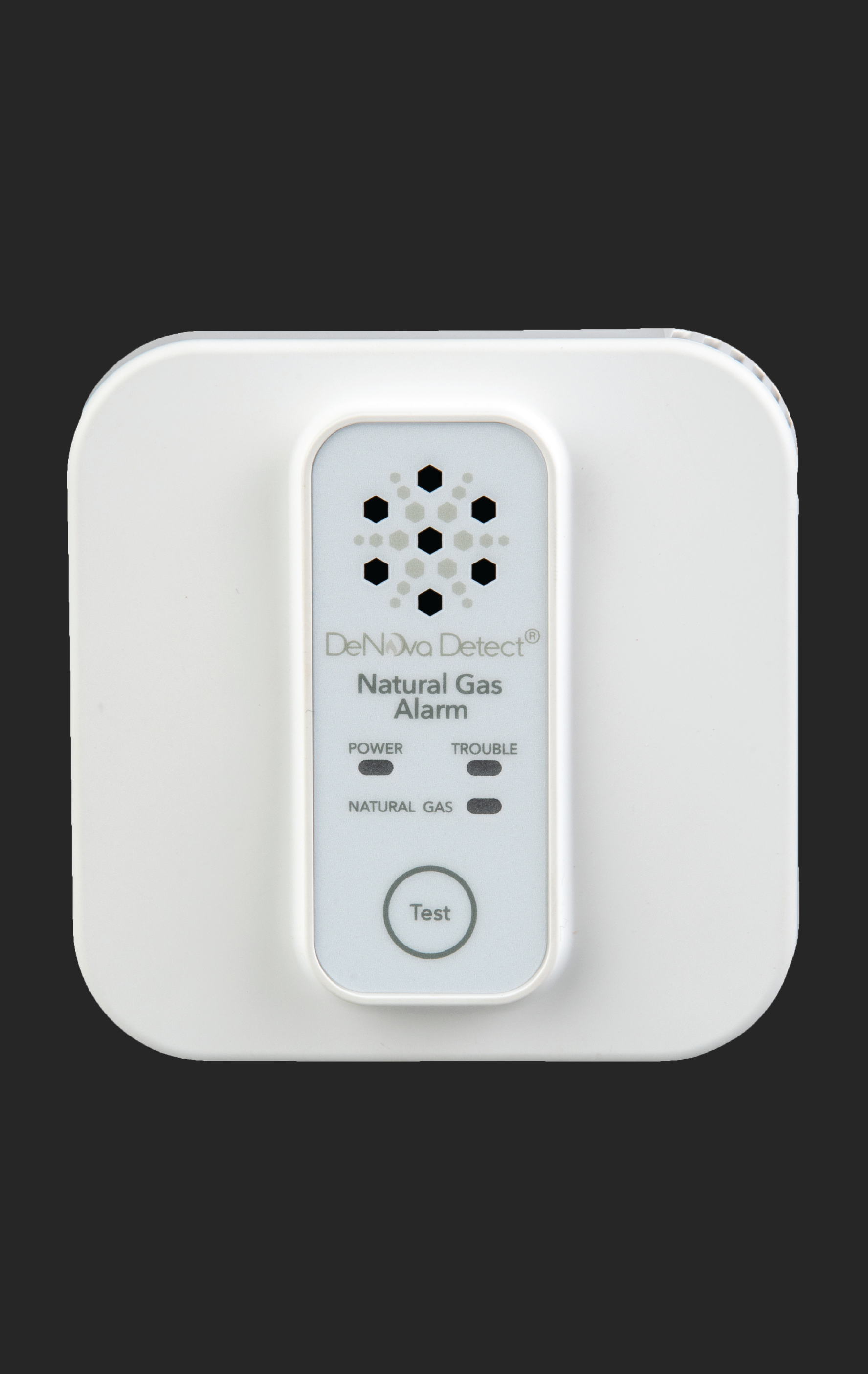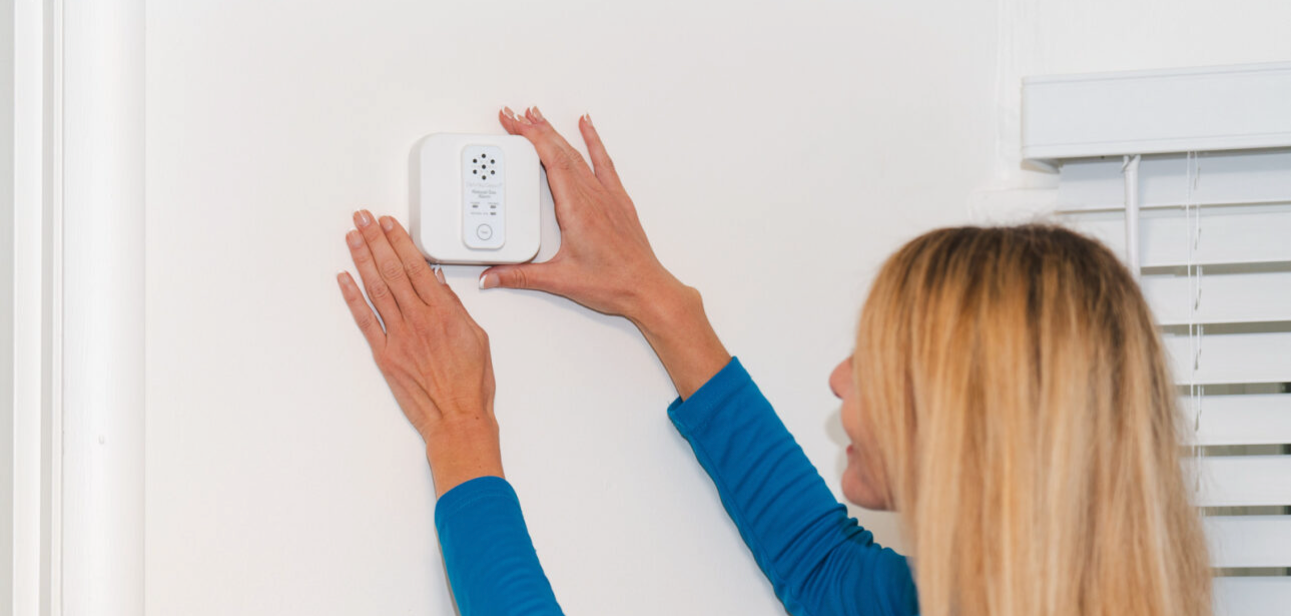How to Install a DeNova Detect Alarm
Learn how to install the NEW DeNova Detect 100% battery powered 10-year natural gas and carbon monoxide alarm.

Where To Install Natural Gas Alarms
Natural Gas Alarms should be installed in all rooms where a gas leak may occur or a gas appliance is located. Examples include kitchens (gas leaks from gas ovens and cook tops), laundry rooms (gas leaks from a gas clothes dryer), and furnace areas (gas leaks from furnace burners or boilers).
It is possible that gas leaks may migrate along pipes. Consideration should be given to installing Natural Gas Alarms in multiple rooms. Homeowners should also consider placing a gas detector in each bedroom where an occupant closes the door while sleeping.
Although it is important to install Natural Gas alarms in rooms where gas appliances exist, it is recommended that gas detectors be placed as far away from these appliances as possible. The alarm should be installed between 3 and 10 feet away from a gas appliance and within 12 inches from the ceiling. The placement recommendations are intended to keep Natural Gas alarms at a reasonable distance from a gas source. This reduces the “unwanted” false alarms that can occur if a gas detector is placed directly next to a gas source.
Avoid placing a Natural Gas alarms near a cooking appliance or cooktop hood. If no other options are available, install at least 5 feet from cooking appliance or cooktop hood. This is recommended because cooking vapors or grease may contaminate the Natural Gas alarm.
See Product Manuals Here
Product Should Be Installed
1.) Within 12 inches from the ceiling
2.) In an area where it will not be impeded by items hanging from or near the ceiling such as curtains, drapes, ceiling fans
3.) At least 5 feet from cooking appliance or cooktop hood
4.) At least 10 feet from gas appliances

Product Should Not Be Installed
1.) In the peak of a cathedral ceiling
2.) Directly above or near sources of water or humidity such as a sink, cooktop, dishwasher or shower
3.) Next to a door or window
4.) Next to a ventilation fan
5.) Near a room return or HVAC duct
6.) In an area where the temperature will drop below 32°F (0°C) or exceed 122°F (50°C)
7.) In an area that is dusty or dirty
8.) In an area where organic solvents exist
9.) In a damp or very humid location, such as a bathroom
10.) Outside



